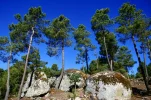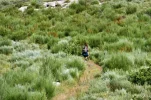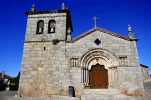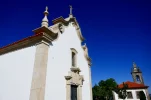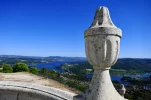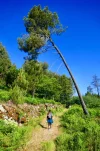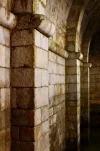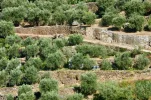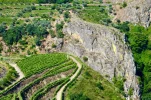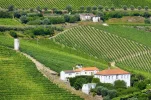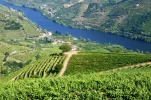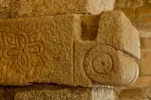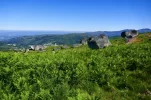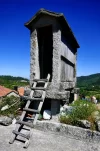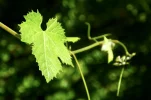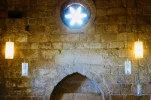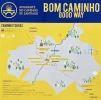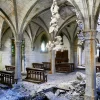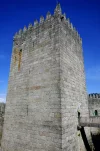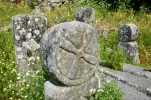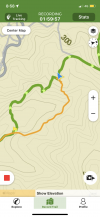- Time of past OR future Camino
- Some in the past; more in the future!
After walking the entire Caminho Nascente from Tavira to Trancoso, Wendy and I have now switched to the Camino Torres.
We are joining the Torres in the middle, as there are eight stages from Salamanca to Trancoso and eight more from Trancoso to Ponte de Lima, where it joins the CP central.
We are going to take the Torres to Braga, which is seven stages according to the official web site but which we plan do in eight stages to break up a 38km day.
Even though it’s a shame that we can’t do the whole thing, I’m glad we can at least do some of it as a link camino. We’ve been to three places on the route already - Lamego, Guimarães and Braga - but we’re looking forward to going back to them as well as making new discoveries!
We are joining the Torres in the middle, as there are eight stages from Salamanca to Trancoso and eight more from Trancoso to Ponte de Lima, where it joins the CP central.
We are going to take the Torres to Braga, which is seven stages according to the official web site but which we plan do in eight stages to break up a 38km day.
Even though it’s a shame that we can’t do the whole thing, I’m glad we can at least do some of it as a link camino. We’ve been to three places on the route already - Lamego, Guimarães and Braga - but we’re looking forward to going back to them as well as making new discoveries!
Last edited:




